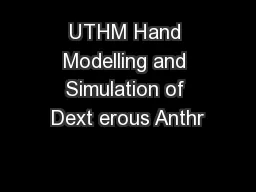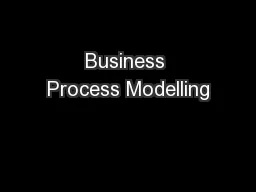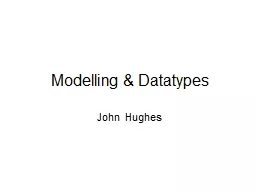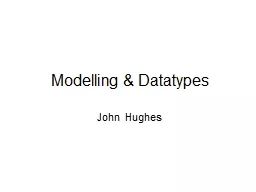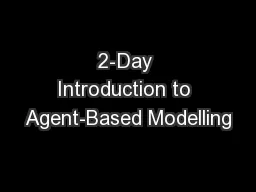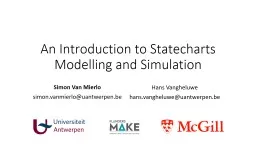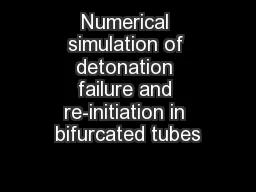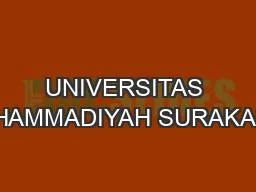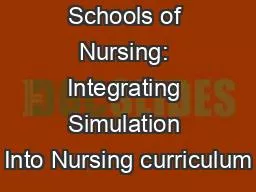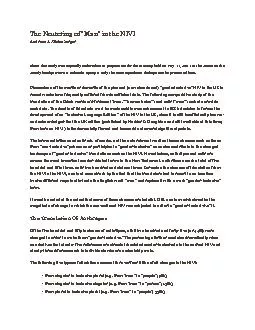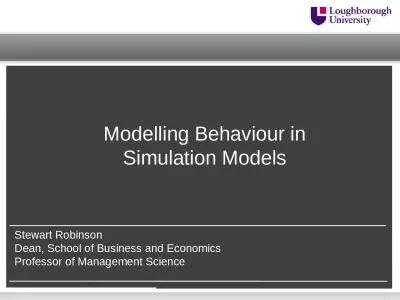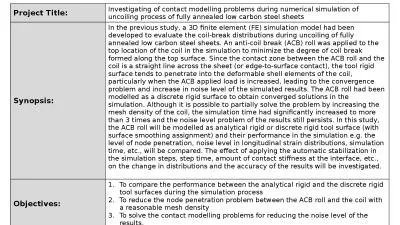PDF-UTHM Hand Modelling and Simulation of Dext erous Anthr
Author : conchita-marotz | Published Date : 2015-05-29
edumy M Atif Yaqub Department of Electrical and Computer Engineering Center for Advanced Studies in Engineering Islamabad Pakistan atifyaqub caseedupk Dirman Hanafi
Presentation Embed Code
Download Presentation
Download Presentation The PPT/PDF document "UTHM Hand Modelling and Simulation of De..." is the property of its rightful owner. Permission is granted to download and print the materials on this website for personal, non-commercial use only, and to display it on your personal computer provided you do not modify the materials and that you retain all copyright notices contained in the materials. By downloading content from our website, you accept the terms of this agreement.
UTHM Hand Modelling and Simulation of Dext erous Anthr: Transcript
Download Rules Of Document
"UTHM Hand Modelling and Simulation of Dext erous Anthr"The content belongs to its owner. You may download and print it for personal use, without modification, and keep all copyright notices. By downloading, you agree to these terms.
Related Documents

